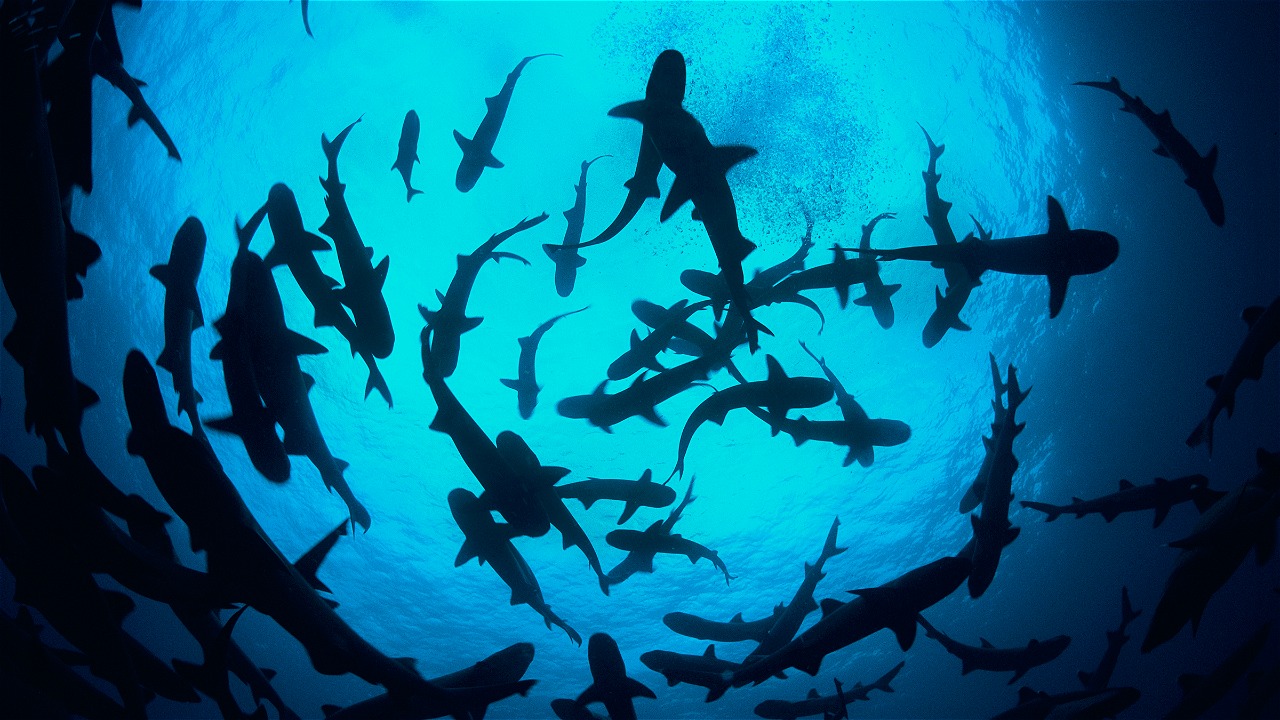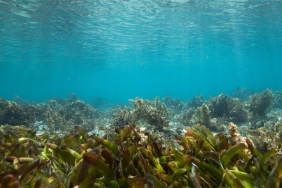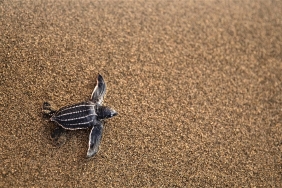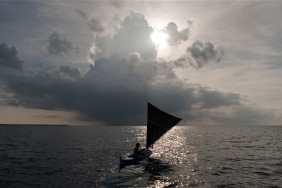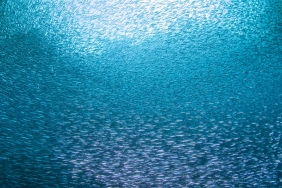134 MANTA RAYS AND 50 SHARKS WERE FOUND AT 11 MONITORING SITES IN KOMODO NATIONAL PARK
By:
- Kusnanto, Biodiversity Monitoring and Fisheries Assistant, WWF-Indonesia
- Jensi Sartin, Komodo MPA Coordinator, WWF-Indonesia
An average of 15 mantas and at least 1 shark are encountered on every dive in Komodo National Park (TN). These are the findings obtained by the shark and manta ray survey team during 14 dive trips, at 10 shark and manta dive sites, during the period December 2016-June 2017, in Komodo National Park.
The survey team consisted of 6 divers from the Komodo National Park Office, and 2 divers from the Fisheries and Food Security Office of West Manggarai Regency, accompanied by WWF-Indonesia.
"The sharks we encounter most often are (blacktip reef shark) Carchahinus melanopterus, whitetip reef shark (Triaenodon obesus), grey reef shark (C. Amblyrhynchos), bamboo shark (C. Punctatum). While the Manta ray that we often encounter is Manta alfredi," said Ande Kefi, from BTN Komodo.
"If we assume that each manta and shark encountered is a different individual, it means that there are 134 mantas and 50 sharks encountered by the survey team during this monitoring," he continued.
The survey was conducted in 11 locations, namely Castle Rock, Cristal Rock, Golden Passage, Batu Bolong, Tatawa Besar, Mawan, Pengah Kecil, Karang Makassar (Manta Point), Tatawa Kecil, Siaba Kecil, and Siaba Besar. Total dives were 35 dives.
The most occurrence of mantas was found at the Makassar Coral location, while the most occurrence of sharks in the survey location was at Castle Rock. "We encountered at least 1 manta and at most 25," continued Ande Kefi, "Sharks were encountered at all dive sites with numbers between 1-12 individuals in each dive."
The survey began in November 2016 with dive training and monitoring methods. The survey team was trained to identify shark and ray occurrences, as well as habitat characteristics. This data will serve as a reference for relevant parties in developing conservation herds for sharks and rays for sustainable use in Komodo National Park.
"There are so many unexpected and new things that we got from this monitoring activity. Starting from the large size of the mantas and sharks we encountered, to the large number of manta rays in Komodo National Park," said Hendrikus Rani Siga, a member of the shark and ray survey team from BTN Komodo.
Although there are many challenges in this shark and ray survey activity, especially due to the relatively difficult and turbulent diving conditions in Komodo National Park, many benefits have been generated. "The results of this survey are very useful for taking steps and management policies. For example, Komodo National Park can prioritize the installation of mooring buoy at tourist sites, the preparation of a tourism masterplan, especially regulating the number of tourists in the Komodo National Park area, the preparation of environmentally friendly marine tourism guidelines, and regular patrols by apparatuses," continued Hendrikus Rani Siga, who is also the Section Head of Region II Komodo.
Komodo National Park itself continues to develop into a popular destination for diving tourism. Not only holds the title of World Natural Heritage and Biosphere Reserve by The United Nations Educational, Scientific and Cultural Organization (UNESCO), Komodo National Park has also been designated as one of 10 priority tourism destinations for the 2016-2019 period through the direction of President Joko Widodo. As a Priority Tourism Destination, Komodo National Park is even targeted to receive a total of 500,000 foreign tourist visits by the end of 2019.

